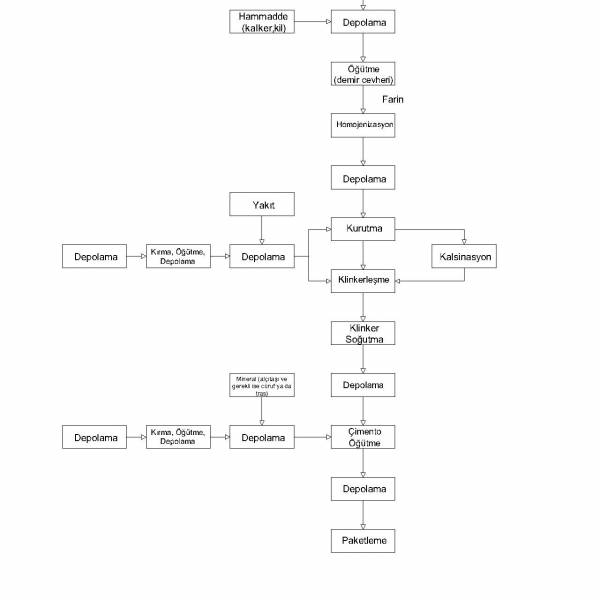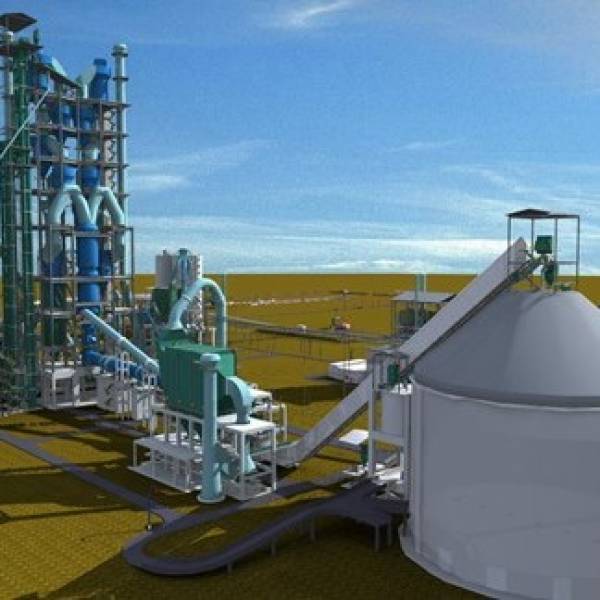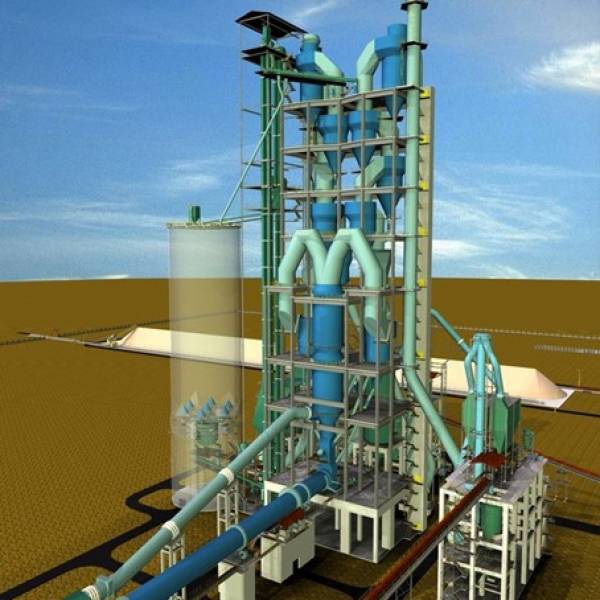*Cement is a binding of usually obtained as a result of the grinding and cooking of limestone and clay raw materials and re -grinding of the cooked material called ’klinkler’ ’with additives (with puzzolonque substances). It is also possible to produce cement from Marn.
MRN; For cement industry, the only natural raw material is located with limestone and clay.
*After the cement raw material is grinded and cooked, gypsum = jibs (CASO4 2H2O) is added and grinded again, this cement -type frost -resistant portland cement (gray colored) is called.
*Cement is usually gray colored. However, white cement is also produced for decorative purposes. The raw material is more pure in white cement and it is used instead of clay. It is also grinded thinner. So the price is higher.
- Raw materials used in cement production (limestone, clay, marn); Since they are usually harsh from the raw material furnaces, they are removed with the help of explosives and loaded into the bugs (impact crusher) for breakage by loading into the construction machinery and transplant vehicles.
- Raw materials are stocked in stockhold after breaking in the bugs.
- Raw materials are stocked in stockhold after breaking in the bugs.
- The raw materials taken from the stockhold with the help of Gezer cranes are mixed in certain proportions and take an average of 90 microns by taking them to the mill mills (usually roles national).
- The mixture named Farin is stocked in the stocks of the farin for cooking.
- Farin, which was passed through the prehews and referred to the rotary oven; It is cooked at a temperature of approximately 1400-1450 degrees.
- The semi -finished product from the rotary oven as clinker is cooled in the cooler and the clinker is stocked. It is grinded in cement mills (usually ball) with the additives in accordance with the type of cement and the type of cement to be produced (binders such as tras, slag, essential ash, etc.).
- Cement, stocked in silos according to cement breeds, is offered for sale as bags and cast cement.


